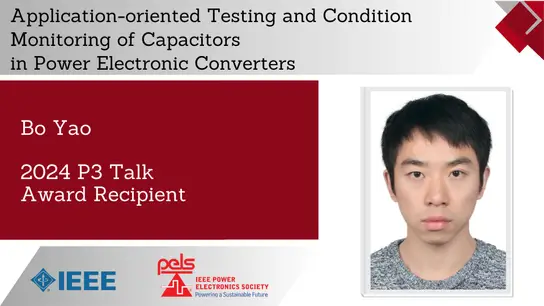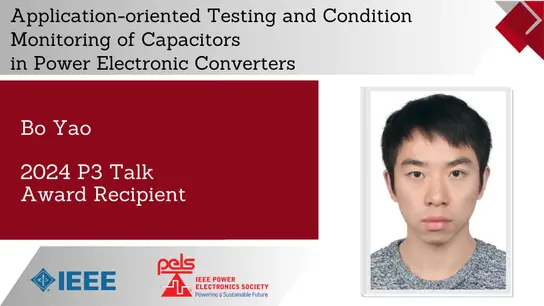-
Members: FreePELS
IEEE Members: $11.00
Non-members: $15.00Length: 01:11:54
Abstract:Today's semiconductor devices are accompanied by high switching frequencies (at least tens of kilohertz) and small transition times (tens of nanoseconds). Such fast transition times are accompanied by undesirable effects such as wide-band electromagnetic noise, voltage overshoots at the source or load terminals, ground leakage currents, to name a few. With the advent of wide bandgap (WBG) devices, several applications are moving towards higher switching frequency operation with at least an order of magnitude reduction in transition times over conventional silicon devices. While these characteristics are considered necessary to break the next-generation barriers in power density, efficiency and applicability, the undesirable effects due to faster transitions have continued to present obstacles for widespread WBG adoption. This presentation discusses a pulse-width modulation (PWM) method to modify the shape of the switching voltages to overcome the disadvantages of the fast transition times without an increase in switching losses. In fact, several of the switching transitions feature zero-voltage switching (ZVS) operation resulting in reduced switching losses. The presentation discusses the analytical details of the proposed method using a simple dc-dc boost-buck converter and extends it to dc to three-phase AC converter using the principles of space vector modulation (SVM). The presentation also discusses the comparative results using simulation and experimental studies in terms of voltage over-shoots over long cables, loss calculations and electromagnetic noise for both silicon and silicon carbide devices.


